Mdina, also known as the Silent City, was once the capital of Malta. Today, the small town attracts tourists who are impressed by its sturdy walls, huge city gate, grand buildings and narrow medieval alleys.
Table of contents
Mdina - the silent city
Mdina, or the silent city, is located on a hill that is the highest point on the island. This location was once thought to be strategic for the defence of a capital city. Later on, it was considered inappropriate to have a capital without a harbour, and Mdina lost its role as a capital.
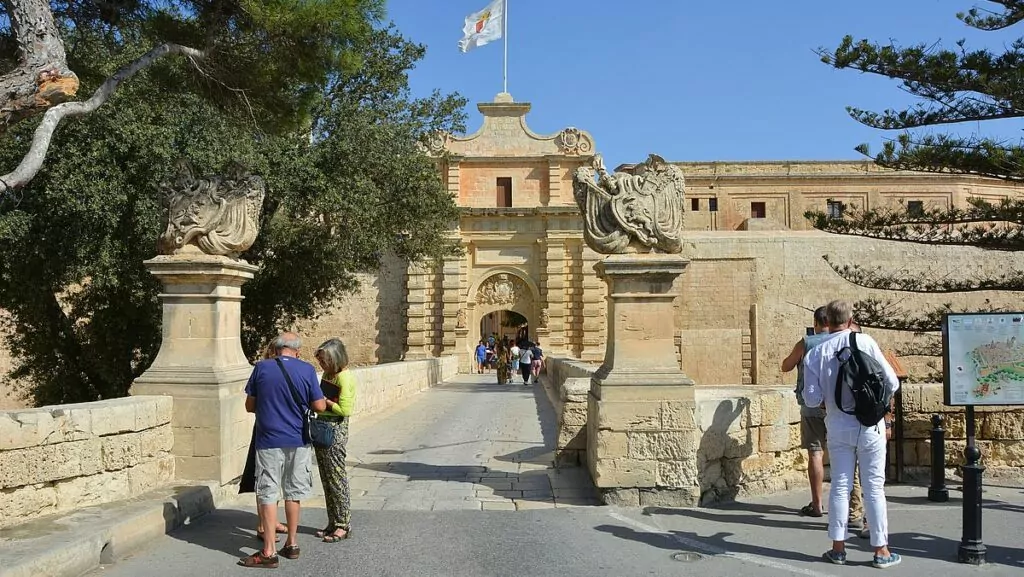
Mdina is located almost in the centre of the island of Malta, 1.4 miles west of the current capital Valletta. The town has less than 300 inhabitants and apart from the occasional car delivering goods, there is hardly any traffic at all. Coming here is like travelling to a time long before cars and exhaust fumes.
Mdina, on the other hand, is more or less intertwined with the city of Rabat, which is outside the city walls and home to around 11,000 people.
Mdina's dramatic story
Mdina, like all of Malta, has had a dramatic history. The city was fortified by the Phoenicians in the 11th century BC and named Maleth. Then the Roman Empire took over, followed by the Byzantine Empire. In 870, the city was besieged by Arabs and destroyed.
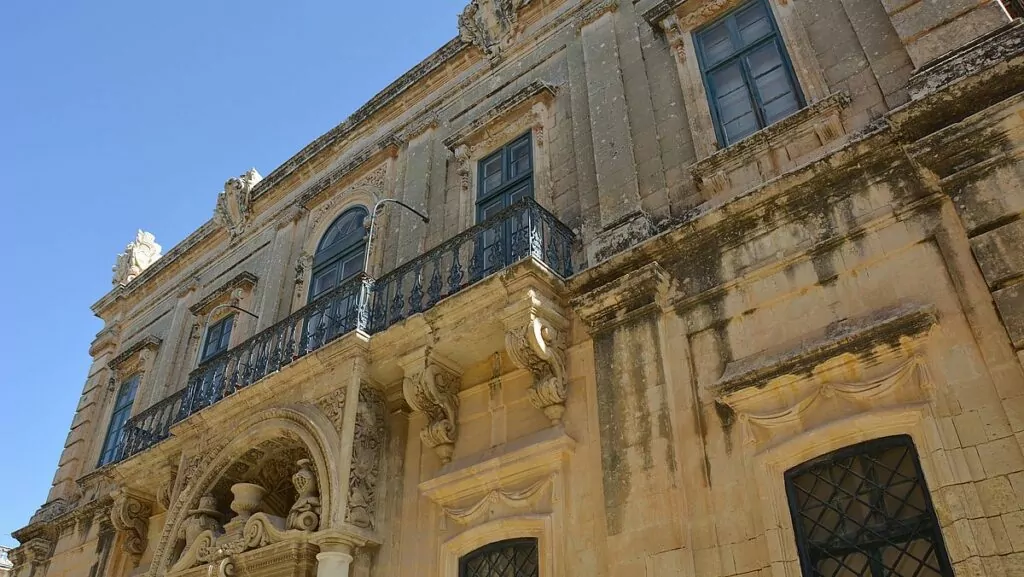
When the city was rebuilt, it was as a Muslim settlement, then named Medina. But the Arabs were also attacked and in 1091 the city was included in the Kingdom of Sicily.
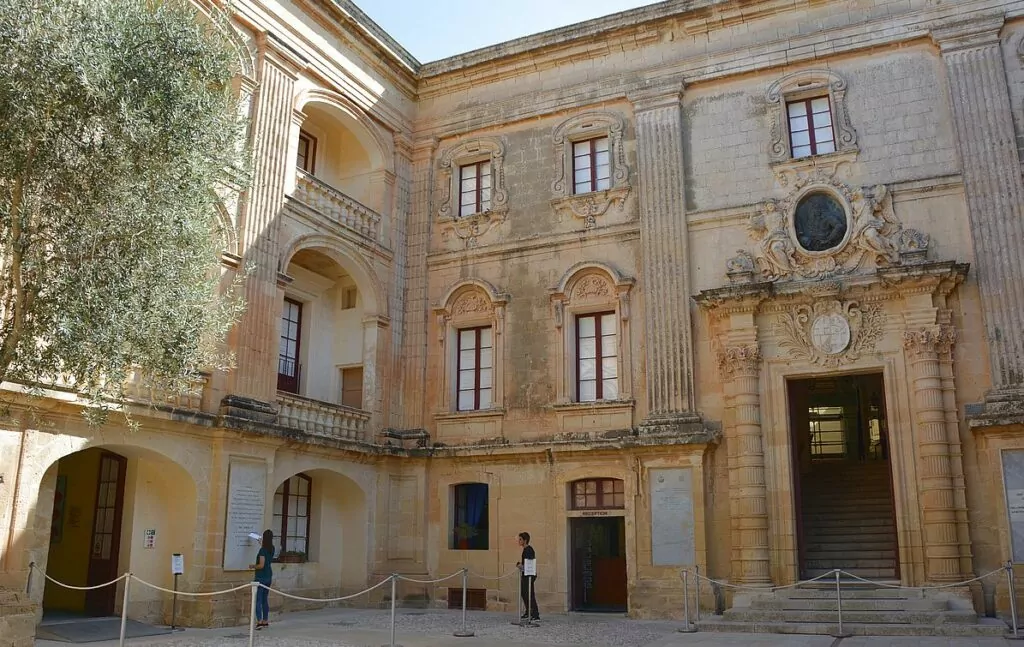
In the 16th century, the Order of St John took over the governance of Malta. They disliked the mountainous location far from the sea, so they moved the capital to Birgu (present-day Vittoriosa) which is just next to Valletta. In 1530, Mdina lost its role as the capital of Malta.
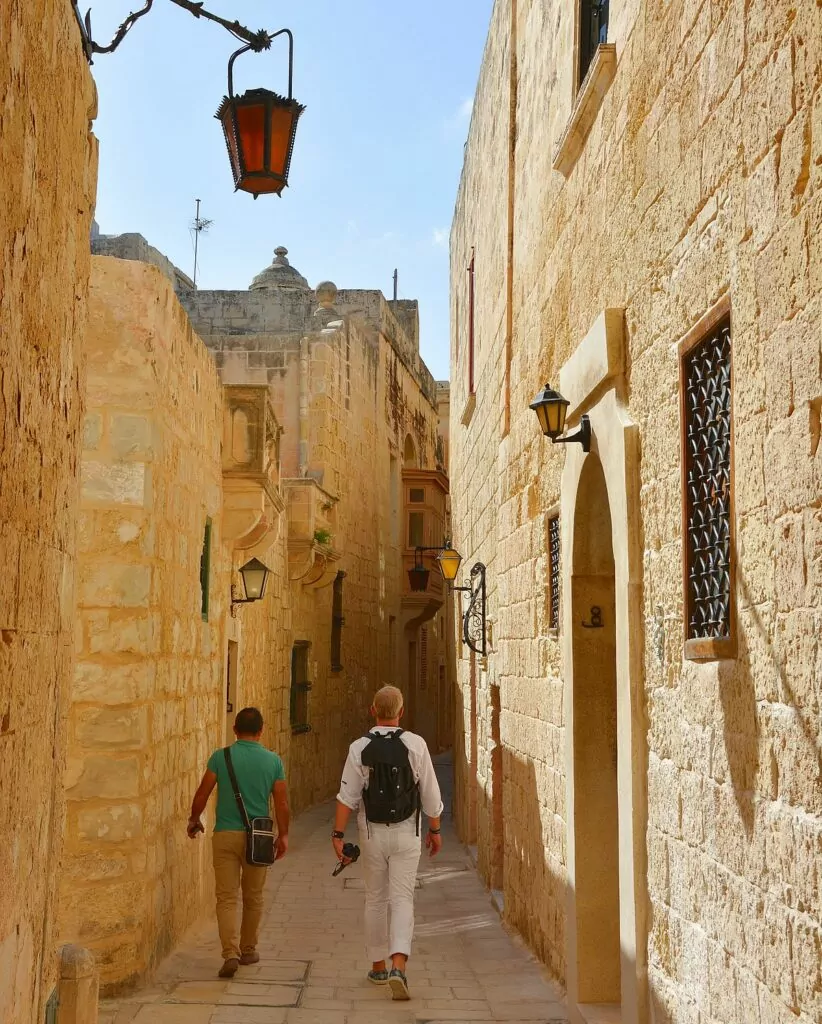
Mdina Gate
The first thing you see when you arrive in Mdina is the Mdina Gate. Built in the Baroque style in 1724, right next to an older version, the gate offers a grandiose welcome. As you pass through it, you realise that this is not just any city you are about to visit.
Today, the gate is also known from the immensely popular TV series Game of Thrones. It is apparently in season 1, episode 3, that Catelyn Stark and Ser Rodrick Cassel can be seen riding through the gate into the fictional capital of King's Landing.
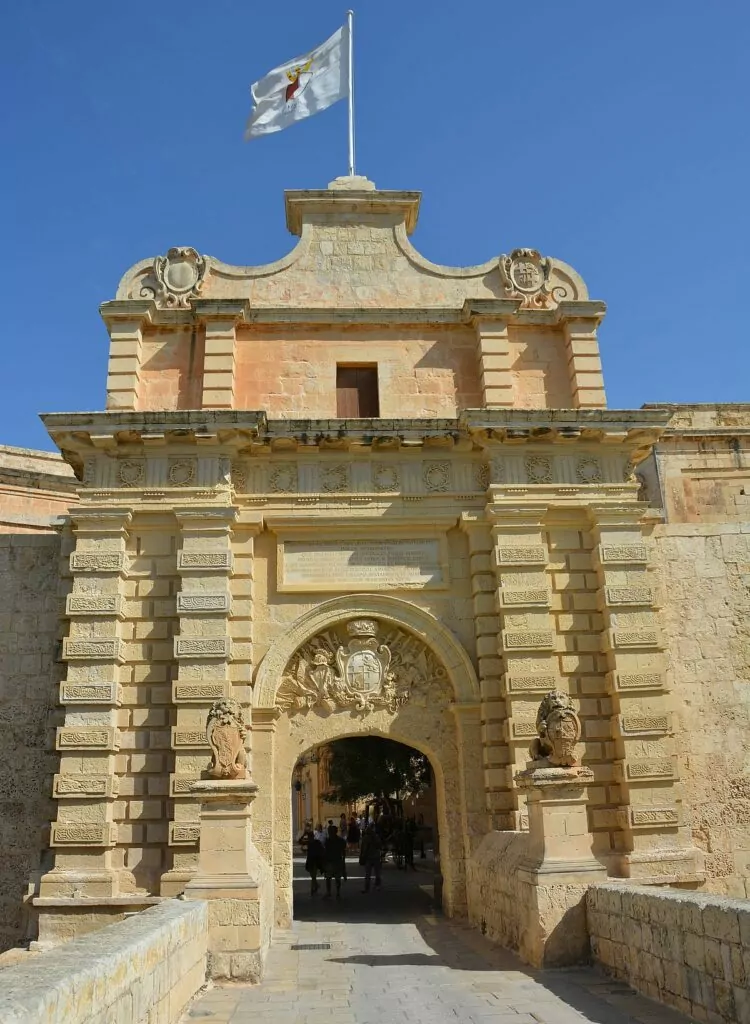
And yet another Game of Thrones filming location.
If you're a Game of Thrones fan, you'll find another interesting spot in Mdina. Mesquita Square, located in the heart of the city, is the location of Littlefinger's brothel in the series.
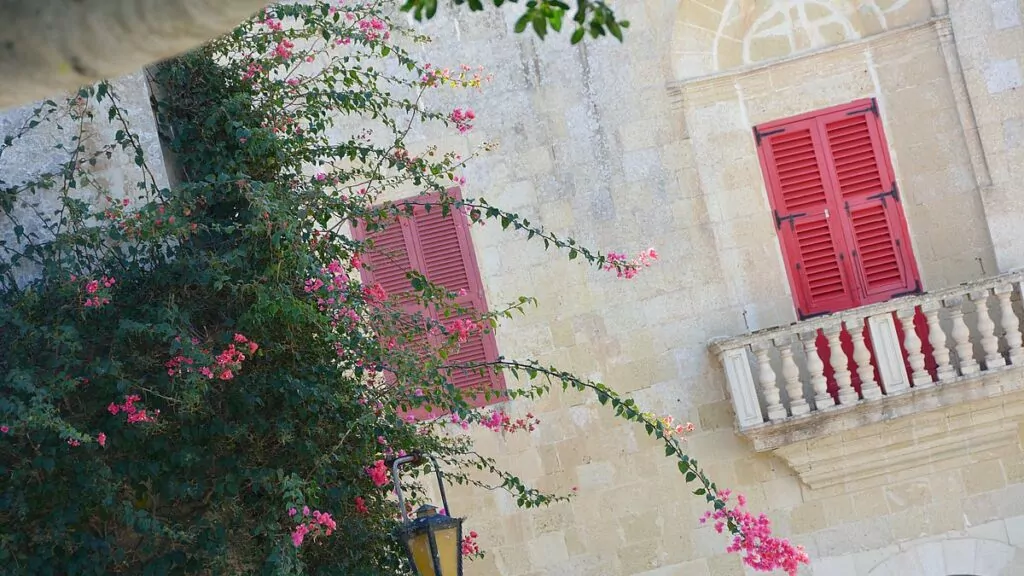
St Paul's Cathedral
A sight not to be missed in Mdina is St Paul's Cathedral, or Mdina Cathedral as it is sometimes called. This Catholic cathedral is dedicated to the Apostle Paul, who incidentally was shipwrecked in Malta in 60.
The cathedral was founded in the 12th century on the site where legend has it that St Paul met the Roman governor Publius after the shipwreck. The original cathedral was badly damaged in an earthquake in 1693, and it was subsequently rebuilt in the Baroque style between 1696 and 1705.
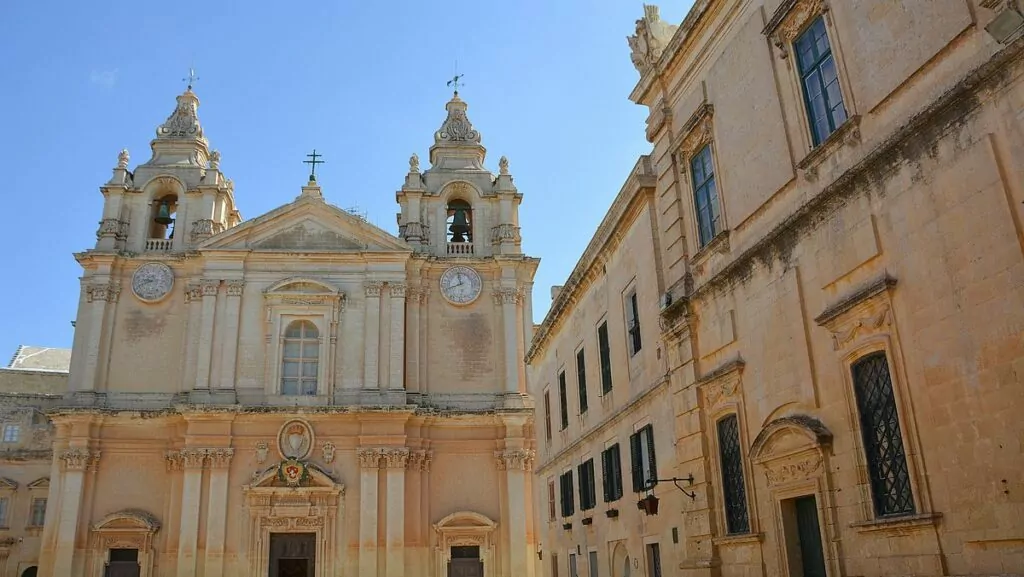
More to see and do in Mdina
Walking around the medieval alleys of Mdina is an experience in itself, but if you want to learn even more about the history, there are various museums to visit. For example, you can visit the Cathedral Museum, the Mdina Dungeons or the Knights of Malta. Another way to get a little more history is of course to take a guided tour. The photo shows Clive from the company Malta Private Guidewho guided us when we were in Mdina in 2016.
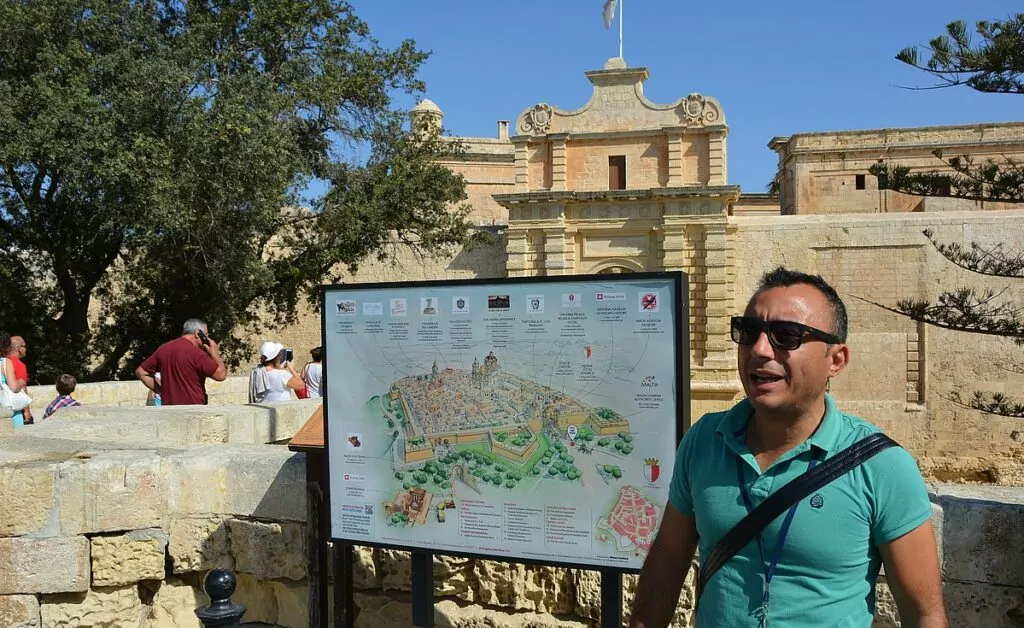
In Rabat, close to Mdina, you can visit St Paul's Church and St Paul's Grotto, the cave where the Apostle Paul is believed to have been found after being shipwrecked. In Rabat, you can also visit the catacombs, which served as underground burial sites.
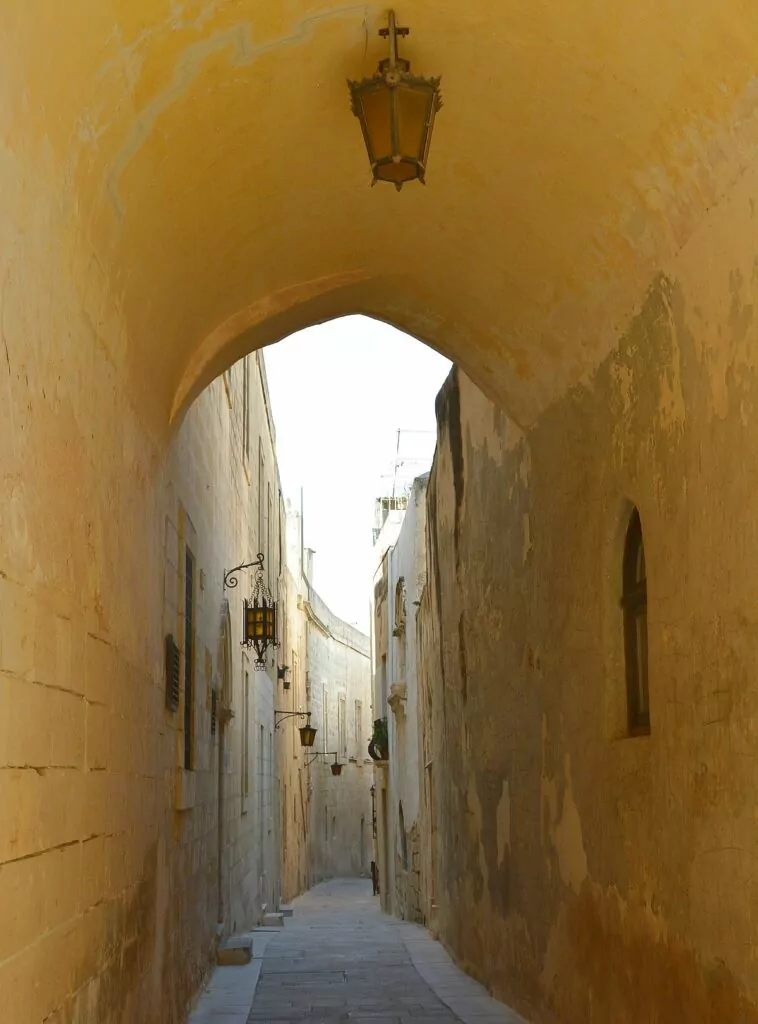
Malta Classic Grand Prix
When we visited Mdina in 2016, we were fortunate enough to experience Malta Classic Grand Prix. What an experience! We got to see amazing cars, many in "vintage style" lined up against the medieval walls of Mdina. In addition, we could watch the cars as they competed against each other in various races.
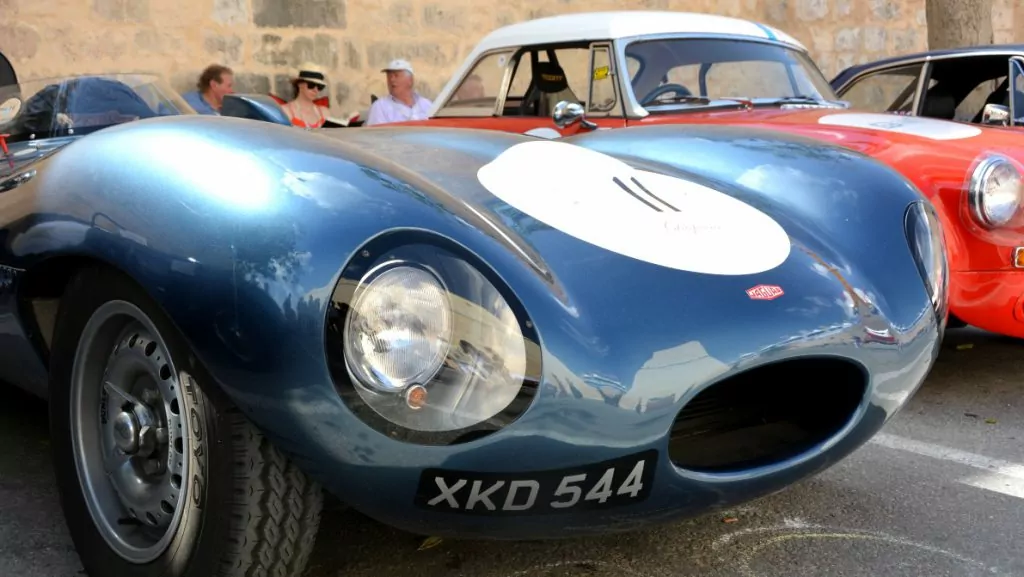
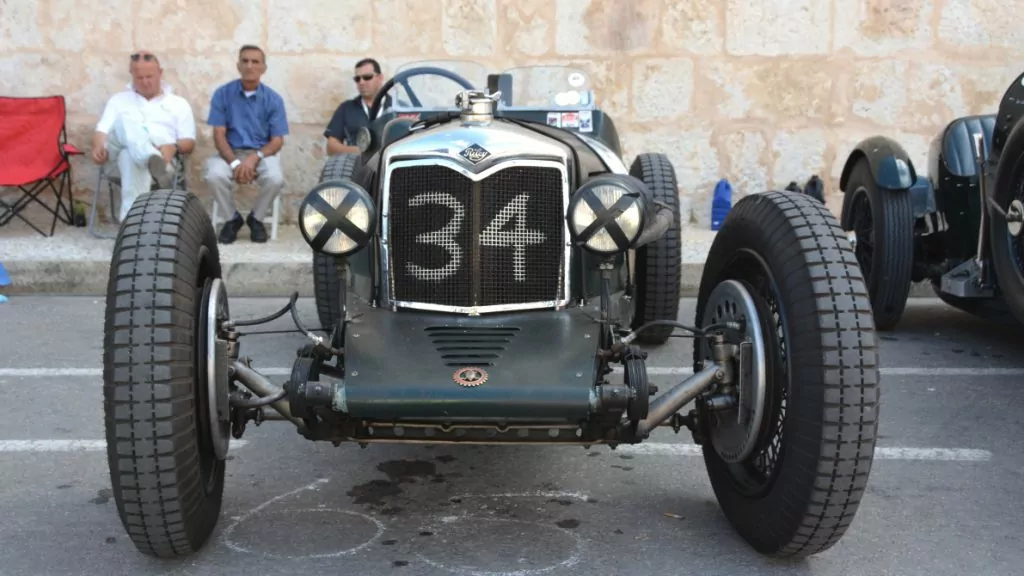
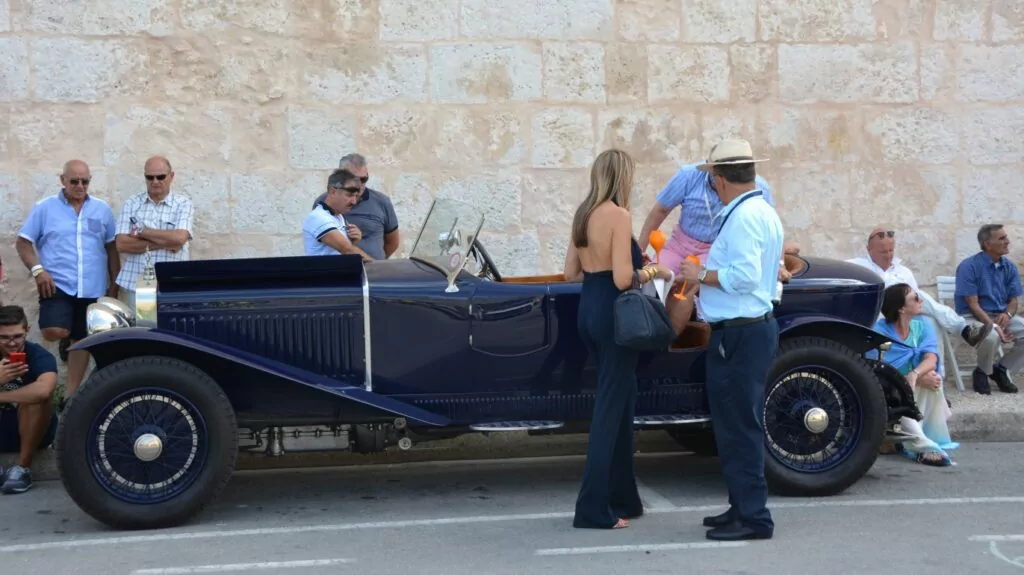
See more in the neighbourhood
When you visit Mdina, you'll want to take the opportunity to see more of Malta. Seeing the capital city of Valletta is a must. We can also recommend visits to the charming Marsaxlokk and the exciting prehistoric temple of Hagar Qim. Not far from Mdina you'll also find the cosy little village of Dingli, where you can enjoy dramatic views, fantastic food... and why not take a segway ride?
Segway in Malta - around beautiful Dingli
Yesterday we got to try Segway in Malta, with a tour around beautiful Dingli. This was a...
The mysteries of Hagar Qim in Malta
Hagar Qim in Malta and the great mysteries! In a field there is a bunch of abandoned boulders...
Festival of lights in Malta (and an unexpected party)
We experienced a light festival in Malta, specifically in the city of Vittoriosa! Every year in...
5 beautiful beaches in Malta - don't miss these!
Beaches in Malta! Today we present five beautiful beaches in Malta. Did you think that the coast of Malta...
Mountain biking on Gozo in beautiful Malta
Now we have tried a full day mountain bike tour in Gozo, Malta. We have cycled along...
Trying climbing in Gozo, Malta
Climbing in Gozo! Peter had tried an indoor climbing wall at a fair once. I (Helena)...
Ferrari and Porsche - a lifestyle in Malta
Ferrari and Porsche - a lifestyle in Malta! If there is one thing we learnt during...
Malta Classic Grand Prix, Join us!
Malta Classic Grand Prix! On 6-9 October this year it was time for the annual event...
Historical sights in Malta not to be missed
Malta is a small island in the Mediterranean Sea that despite its small size has a rich history....
12 nature experiences in Malta and Gozo
Here are 12 nature experiences in Malta and Gozo. The small island nation of Malta in the Mediterranean...
Malta - things to see and do on the Mediterranean island
Today we present a guest article In the middle of the Mediterranean Sea, about 80 km south of Sicily and 280...
Marsaxlokk in Malta - a picturesque fishing town
Marsaxlokk in Malta is a picturesque little fishing town, perhaps best known for the many different types of...
Exclusive viewing - private collection of cars in Malta
Cars in Malta! We had the chance to see a private collection of cars in Malta. We had not...
Culture and Language in Malta - Arabic, British, Italian?
Culture and language in Malta - Arabic, British or Italian? Well, what do you actually speak for...
Attractions in Malta - 7 hot tips
You won't want to miss these attractions in Malta! Malta is an island nation that offers a Mediterranean climate,...
Diving in Malta - a great experience
Diving in Malta at last! Peter got the chance to dive in Marsalforn, Gozo, Malta. He...
Relaxed spa hotel in Gozo - pool and good food
Lovely spa hotel in Gozo! During our stay on the island of Gozo in Malta, we stayed at...
Sliema and St Julian's in Malta - 13 things to do
Sliema and St Julians in Malta - two coastal resorts where you often end up as a...
11 things to see and do in Gozo, Malta
Today we have 11 things to see and do in Gozo, Malta. We have...
Luxury Hotel in Malta - Fortina Spa Resort
Wow, what a luxurious hotel in Malta! Our last night in Malta, we moved from the island of Gozo...
Two good hotels in Malta - in two different price ranges
Good hotels in Malta? When we visited Malta last week, we had the opportunity to try two...
7 restaurants in Malta you don't want to miss
Today we present 7 restaurants in Malta that you don't want to miss. Before we went to...
5 things to see and do in Valletta
What to do in Valletta, Malta? We've listed 5 things you won't...
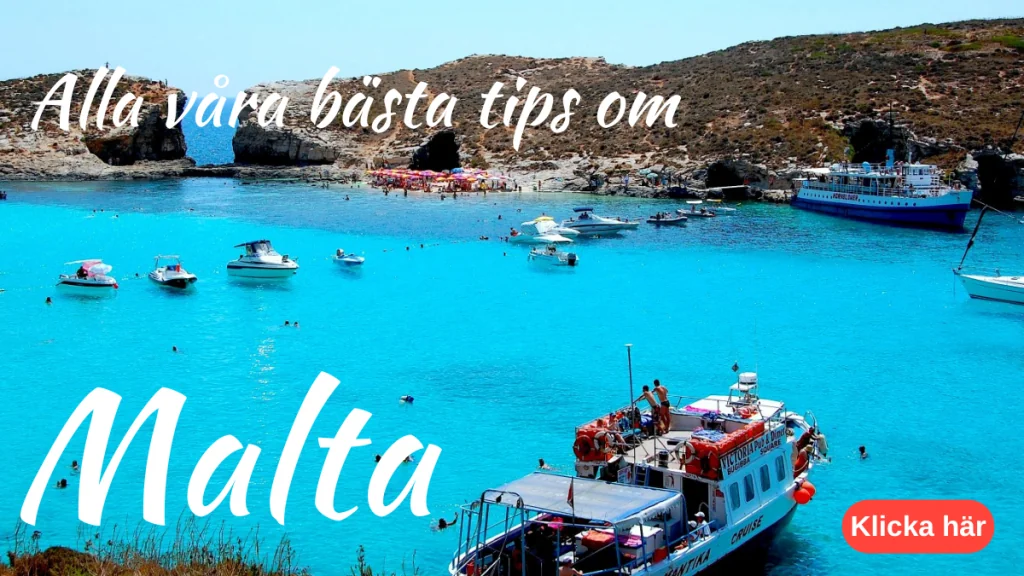
Have you visited Mdina in Malta?
Have you visited Malta's former capital Mdina, the Silent City? How was your experience?
Facts about Mdina
- Country: Malta
- Population: Under 300 (but over 11,000 live in the city of Rabat, just outside)
- Name: Mdina or 'Silent City'. Previous names have been Maleth and Melite.
Getting to Mdina
- Car: The drive from Valletta is approximately 1.4 miles. Allow just under half an hour to drive.
- Bus: You can check bus routes at Malta Public Transports.
Mdina's story
- Prehistoric times: The site on the mountain was inhabited early, as it could be protected from intruders.
- 11th century BC: The city was fortified by the Phoenicians and named Maleth.
- 218 BC: The Roman Empire took over the city, now called Melite. The city was at this time three times the size of today's Mdina.
The Middle Ages
- The fall of the Western Roman Empire: When the Western Roman Empire fell, the city was reduced in size to make it easier to defend. The city came to be ruled by the Byzantine Empire.
- 870: The city was besieged by Arabs and fell to the invaders. The inhabitants were killed, the city was destroyed and the churches were looted.
- 1048/1049: The place was populated by Muslims and their slaves. They built a city called Medina.
- 1054/1054: The Byzantine Empire besieged Medina, but the siege failed.
- 1091: The city was besieged by Roger I of Sicily, and the inhabitants surrendered peacefully. Malta was now included in the Kingdom of Sicily.
- 1429: The city withstood a siege by Muslims.
Governance of the Order of St John
- 1530: When the Order of St John was awarded Malta by Spain, they found Mdina to be poorly located, up in the mountains and without a harbour. They changed the capital to Birgu (Vittoriosa).
- 1551: The city withstood an Ottoman attack.
- 1565: During the Great Siege of Malta, Mdina was a base for the cavalry of the Order of St John. The Ottomans tried to take Mdina in September, but gave up when the city fired its cannon, leading them to believe the city had ammunition.
- 1693: The city was hit hard by an earthquake and the cathedral was partially destroyed. It was restored in baroque style in 1697-1703.
- 1772: Grand Master Antonio Monel de Vilhena ordered the renovation and restoration of the city. Several large buildings were constructed including the Despuig Bastion.
French occupation and British rule
- 1798: Malta and the city of Mdina were occupied by French forces. A Maltese uprising took place, followed by a two-year period of rebellion and blockades.
- 1800: The French gave up and Malta became a British protectorate.
- 1964: Malta became an independent state but remained part of the British Commonwealth.


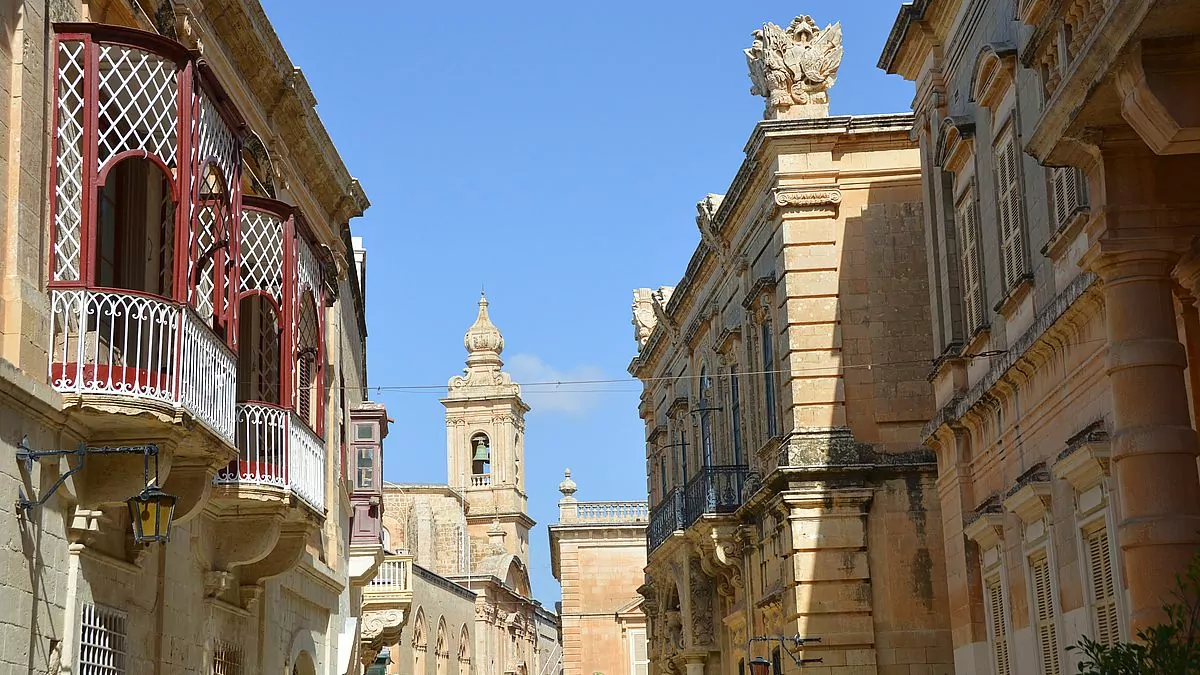






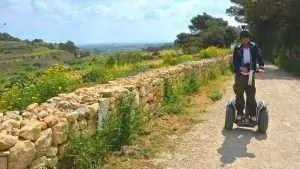
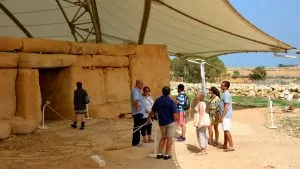
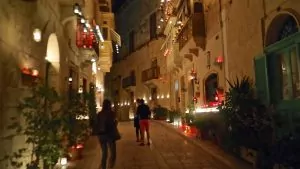
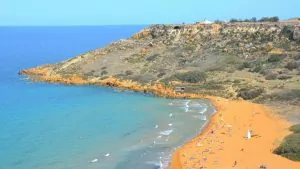

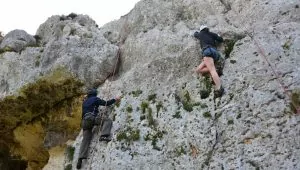

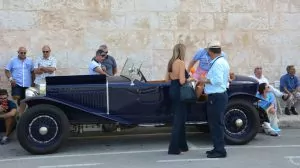
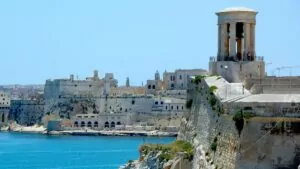

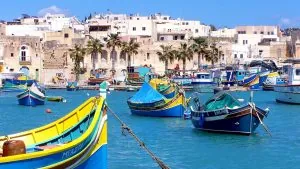
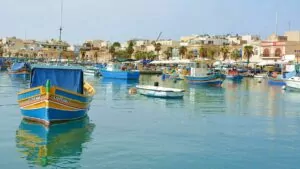

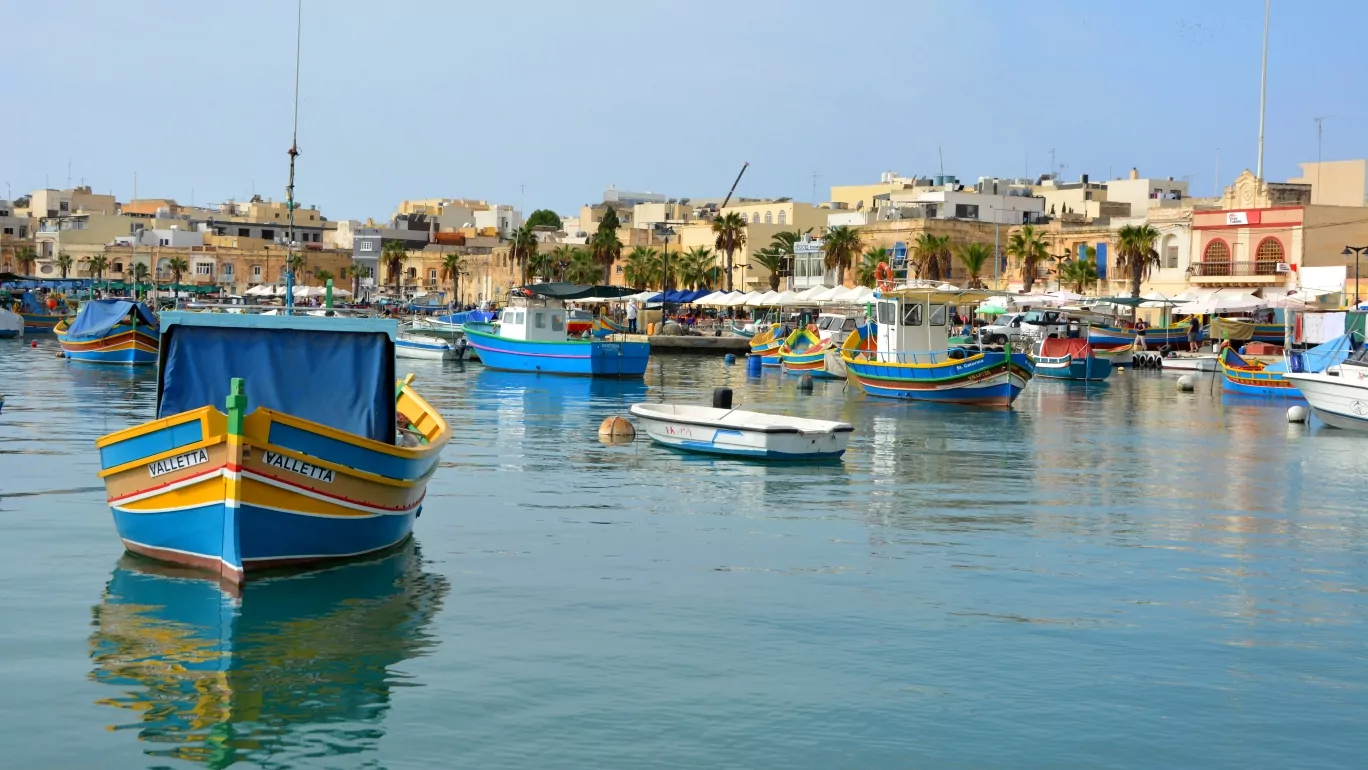
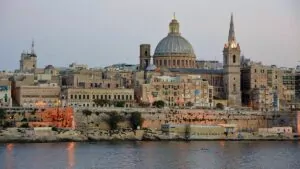

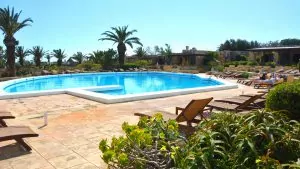
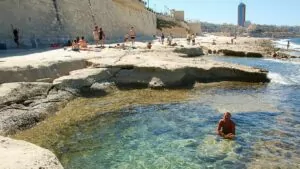
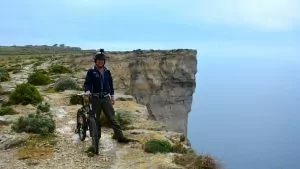
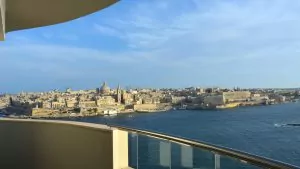
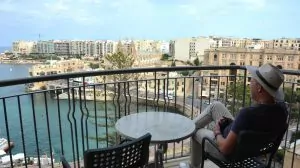

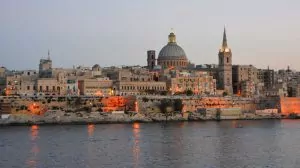
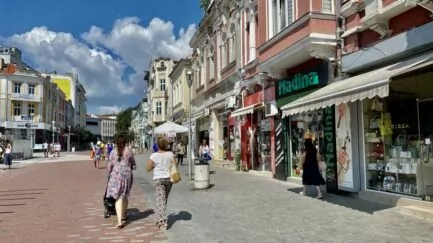
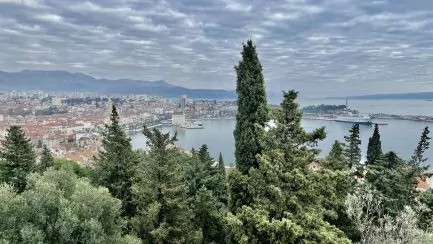
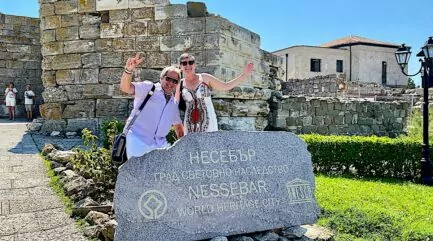
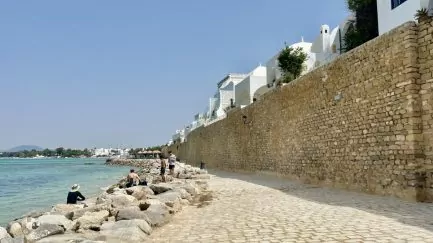
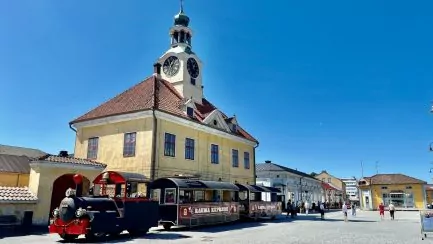
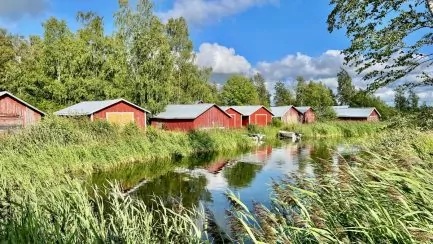



Ann says:
The whole city looks like a fairy tale 😀.
Love the fact boxes you add at the end of your posts, thumbs up!
21 January 2021 - 9:19
Helena says:
Truly a fairytale city! And glad to hear that you like the fact boxes! 🙂
22 January 2021 - 6:46
BP says:
Yes, we have visited Mdina as I wrote before. We came in through a gate, but not out through the same one. We got lost in this labyrinth of a city. But since the sun never reached us, it was at least pretty cool there among the high walls/houses).
21 January 2021 - 21:32
Helena says:
Maybe lucky we had a guide, so we didn't get lost in the alleys 😉 It's a cool and charming city!
22 January 2021 - 6:47